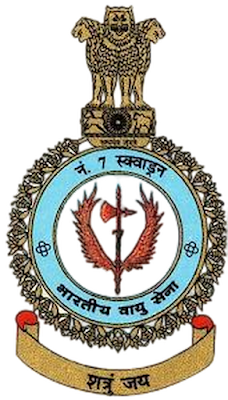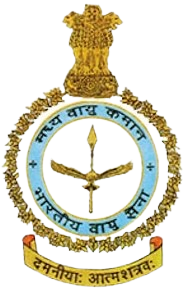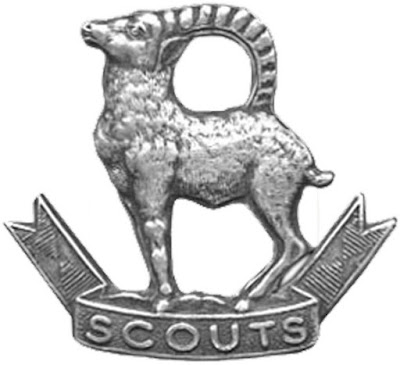NO. 7 SQUADRON

NO. 7 SQUADRON The No.7 Squadron, Indian Air Force was formed on December 1, 1942 at Vizagapatnam under the command of Sqn Ldr Hem Chaudhuri. After W/T course at Bombay and Operational Training at 152 OTU in Peshawar, the unit acquired its first aircraft on April 20, 1943 at Phaphamau, near Allahabad. By mid 1943, flying training and gunnery training was being accomplished at Kohat. The Squadron moved to Palam in Jan 49, where it was selected to be the first unit in the Indian Air Force to operate the De Havilland Vampire. At that time the squadron became the first unit in the whole of Asia to operate Jet aircraft. The 'Battle Axe' logo was formally approved by the President of India in Sept 1960, Though No.7 Squadron was using the emblem unofficially for many years preceding that. The Farsha or 'Battle Axe' represented Lord Parshurama's weapon. It had four cutting edges and had two unfurled wings adorning it on either side. The symbolic numbe


